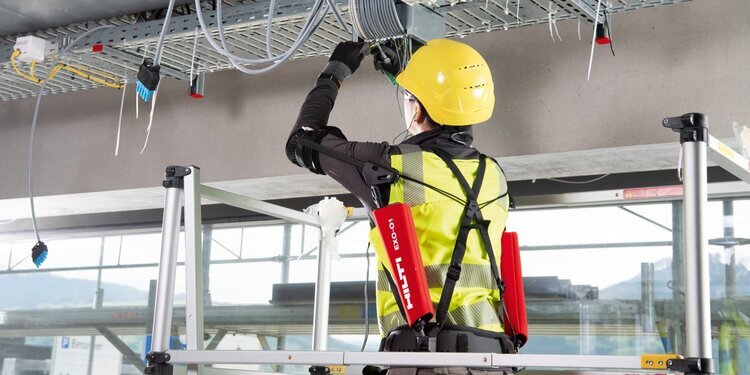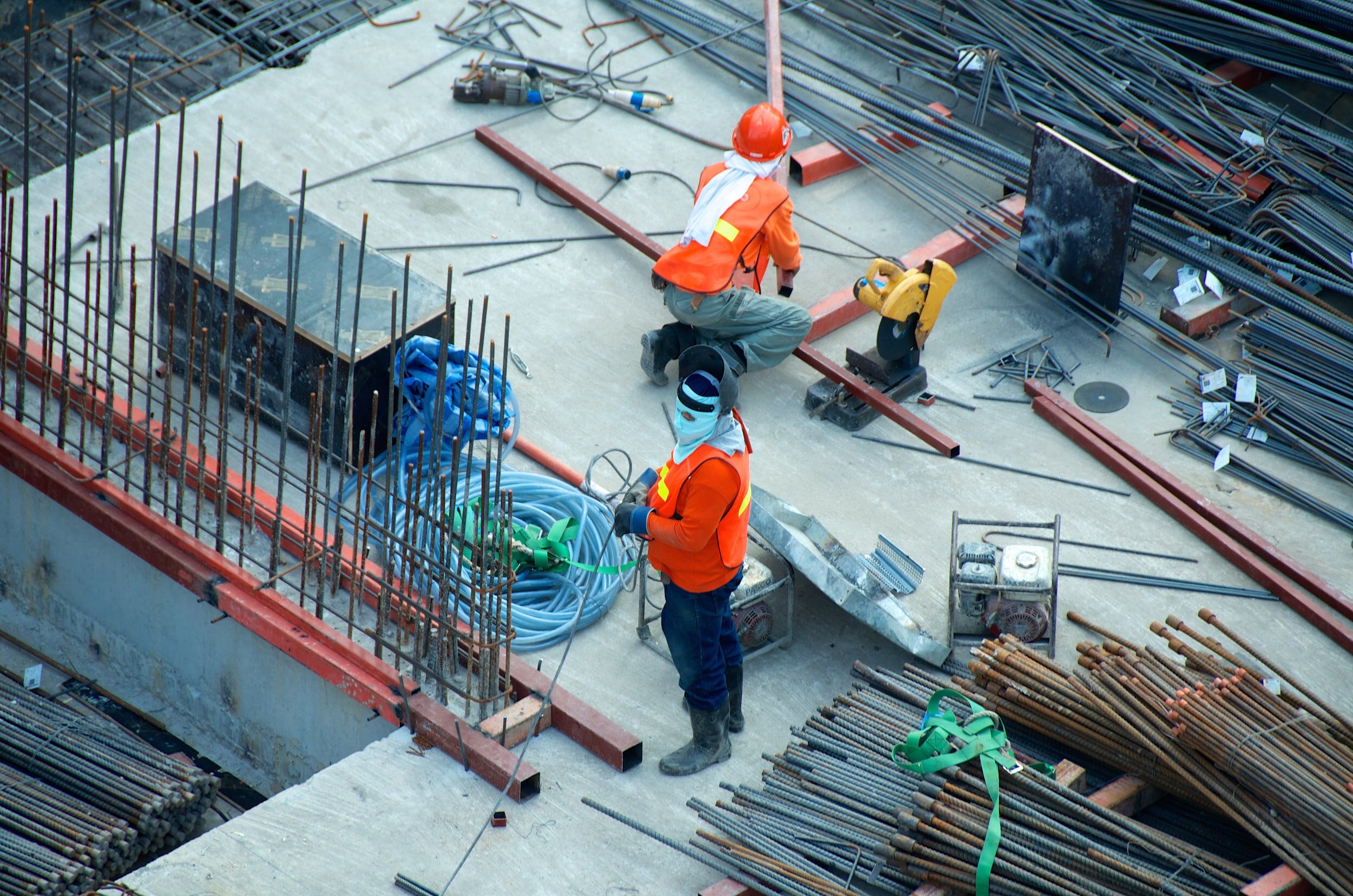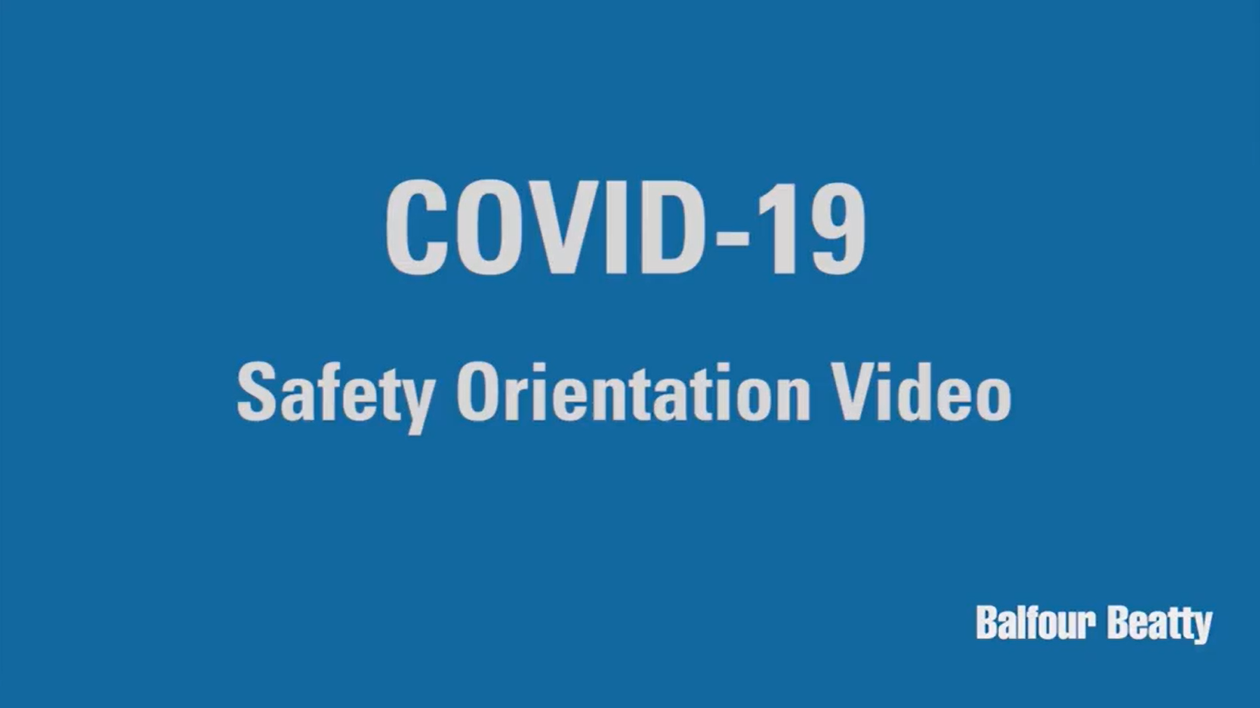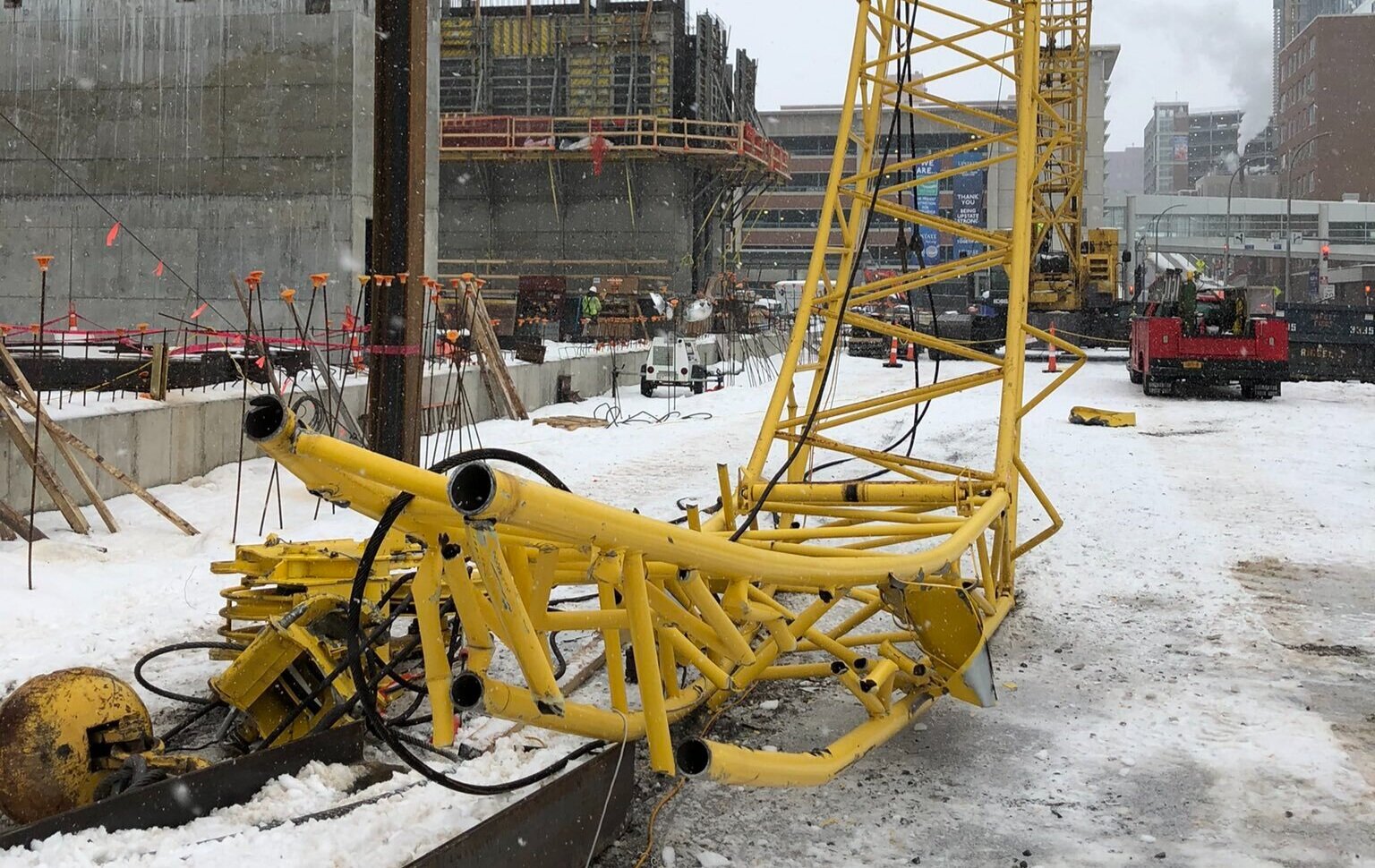The Trump Administration has recently released its Spring 2020 Unified Agenda of Regulatory and Deregulatory Actions, which reports on the actions that each of the administrative agencies expect to issue in the future. Among those actions were several involving OSHA and construction.
There are currently 24 OSHA related items on this year’s agenda, but only a handful affecting the construction industry:
Blood Lead Level for Medical Removal
Standard affected: 29 CFR 1926.62
Status: Prerule Stage
Expected Timeframe: September 2020
Description (from agenda): OSHA lead standards allow for the return of the employee to former job status at a BLL < below 40 µg/dL. Recent medical findings indicate that lower blood lead levels (BLLs) in adults can result in adverse health effects including hypertension, cognitive dysfunction, and effects on renal function. These and other health effects (adverse female reproductive outcomes) are being identified in individuals with BLLs under 40 µg/dL. The lead standards for general industry and construction are based on lead toxicity information that is over 35 years old. The U.S. Department of Health and Human Services, Council of State and Territorial Epidemiologists (CSTE), and California’s Medical Management recommends that BLLs among all adults be reduced to < less than 10 µg/dL.
OSHA is seeking public input from the public to help the agency identify possible areas of the lead standards for revision to improve protection of workers in industries and occupations where preventable exposure to lead continues to occur.
Amendments to the Cranes and Derricks in Construction Standard
Standard affected: 29 CFR 1926
Status: Proposed Rule Stage
Expected Timeframe: July 2020
Description (from agenda): Occupational Safety and Health Administration (OSHA) is proposing corrections and amendments to the final standard for cranes and derricks published in August 2010. The standard has a large number of provisions designed to improve crane safety and reduce worker injury and fatality. The proposed amendments: correct references to power line voltage for direct current (DC) voltages as well as alternating current (AC) voltages; broaden the exclusion for forklifts carrying loads under the forks from "winch or hook" to a "winch and boom"; clarify an exclusion for work activities by articulating cranes; provide four definitions inadvertently omitted in the final standard; replace "minimum approach distance" with "minimum clearance distance" throughout to remove ambiguity; clarify the use of demarcated boundaries for work near power lines; correct an error permitting body belts to be used as a personal fall arrest system rather than a personal fall restraint system; replace the verb "must" with "may" used in error in several provisions; correct an error in a caption on standard hand signals; and resolve an issue of "NRTL-approved" safety equipment (e.g., proximity alarms and insulating devices) that is required by the final standard, but is not yet available.
Occupational Exposure to Crystalline Silica; Revisions to Table 1 in the Standard for Construction
Standard affected: 29 CFR 1926.1153(c)
Status: Proposed Rule Stage
Expected Timeframe: March 2021
Description (from agenda): On March 25, 2016, OSHA published a final rule on Occupational Exposure to Respirable Crystalline Silica (81 FR 16286). OSHA issued two separate standards, one for construction, and one for general industry and maritime. The construction standard includes Table 1: Specified Exposure Control Methods When Working With Materials Containing Crystalline Silica, which matches common construction tasks with dust control methods that have been shown to be effective. In some operations, respirators are also needed. Employers who follow Table 1 correctly are not required to measure workers’ exposure to silica and are not subject to the permissible exposure limit (PEL).
OSHA is interested in information on the effectiveness of control measures not currently included for tasks and tools listed in Table 1. The agency is also interested in tasks and tools involving exposure to respirable crystalline silica that are not currently listed in Table 1, along with information on the effectiveness of dust control methods in limiting worker exposure to respirable crystalline silica when performing those operations. OSHA intends to evaluate the available information to determine if revisions to Table 1 may be appropriate.
Welding in Construction Confined Spaces
Standard affected: 29 CFR 1926.353
Status: Proposed Rule Stage
Expected Timeframe: July 2020
Description (from agenda): OSHA is proposing to amend the Welding and Cutting Standard in construction to eliminate any perceived ambiguity about the definition of "confined space" that applies to welding activities in construction. On May 4, 2015, when OSHA published the final rule for Confined Spaces in Construction, a new subpart was added to provide protections to employees working in confined spaces in construction. This new subpart replaced OSHA's one training requirement for confined space work with a comprehensive standard that includes a permit program designed to protect employees from exposure to many hazards associated with work in confined spaces, including atmospheric and physical hazards. The explanation of the final rule also discusses in detail how the Welding and Cutting Standard in Construction works together with the confined spaces standard regarding the application of their respective requirements. Although the confined spaces standard states that it encompasses welding activities, the welding standard itself does not expressly identify a definition of "confined space". OSHA will conduct a rulemaking to eliminate any perceived ambiguity about the definition of confined space that applies to welding activities in construction.
Drug Testing Program and Safety Incentives Rule
Standard affected: 29 CFR 1904.35(b)(1)(iv)
Status: Proposed Rule Stage
Expected Timeframe: November 2020
Description (from agenda): OSHA clarified, through a memorandum to the field, the agency’s position that 29 CFR 1904.35(b)(1)(iv) does not prohibit post-incident drug testing or safety incentive programs. The agency would propose memorializing OSHA’s position on these issues through changes to 29 CFR 1904.35(b)(1)(iv) related to implementation of post-incident drug testing and safety incentive programs.
Personal Protective Equipment in Construction
Standard affected: 29 CFR 1926.95
Status: Proposed Rule Stage
Expected Timeframe: August 2020
Description (from agenda): This action would clarify the requirements for the fit of personal protective equipment in construction.
Cranes and Derricks in Construction: Exemption Expansions for Railroad Roadway Work
Standard affected: None
Status: Final Rule Stage
Expected Timeframe: June 2020
Description (from agenda): After the final rule for Cranes and Derricks in Construction was published on August 9, 2010, the Association of American Railroads (AAR) filed a petition for review on October 7, 2010, challenging certain exemptions affecting railroad roadway work. OSHA and AAR reached a September 9, 2014, settlement agreement filed with the court. The settlement agreement requires OSHA to propose a rule to expand exemptions affecting railroad roadway work by providing an additional exemption from the crane standard for a particular class of track maintenance hoisting equipment and partial exemptions from, or alternate work practices in lieu of particular requirements of the cranes standard. This final rule will address compliance concerns raised by the railroad industry.
Occupational Exposure to Beryllium and Beryllium Compounds in Construction and Shipyard Sectors
Standard affected: 29 CFR 1926.112
Status: Final Rule Stage
Expected Timeframe: July 2020
Description (from agenda): On January 9, 2017, OSHA published its final rule Occupational Exposure to Beryllium and Beryllium Compounds in the Federal Register (82 FR 2470). OSHA concluded that employees exposed to beryllium and beryllium compounds at the preceding permissible exposure limits (PELs) were at significant risk of material impairment of health, specifically chronic beryllium disease and lung cancer. OSHA also concluded that the new 8-hour time-weighted average (TWA) PEL of µg/m3 reduced this significant risk to the maximum extent feasible. OSHA has evidence that beryllium exposure in construction and shipyards occurs almost exclusively during abrasive blasting and welding operations. OSHA is proposing to revise its standards for occupational exposure to beryllium and beryllium compounds in the construction and shipyards industries. These proposed changes are designed to accomplish three goals: (1) to more appropriately tailor the requirements of the construction and shipyards standards to the particular exposures in these industries in light of partial overlap between the beryllium standards’ requirements and other OSHA standards; (2) to more closely align the shipyards and construction standards to the general industry standard, where appropriate; and (3) to clarify certain requirements with respect to materials containing only trace amounts of beryllium.












Shane is the creator of Construction Junkie and an active construction project manager. In his career, he has managed interior remodel projects, site development, construction safety, governmental project compliance, and facility maintenance. He has a strong passion for construction technology and safety, as well as sharing the knowledge or insights he has gained throughout his career.